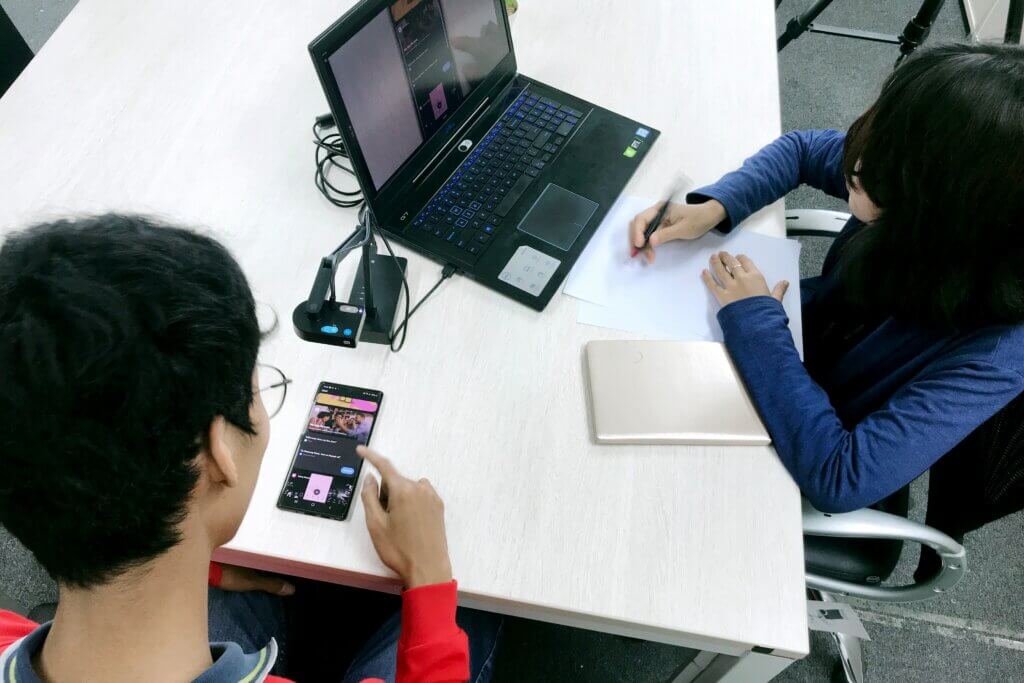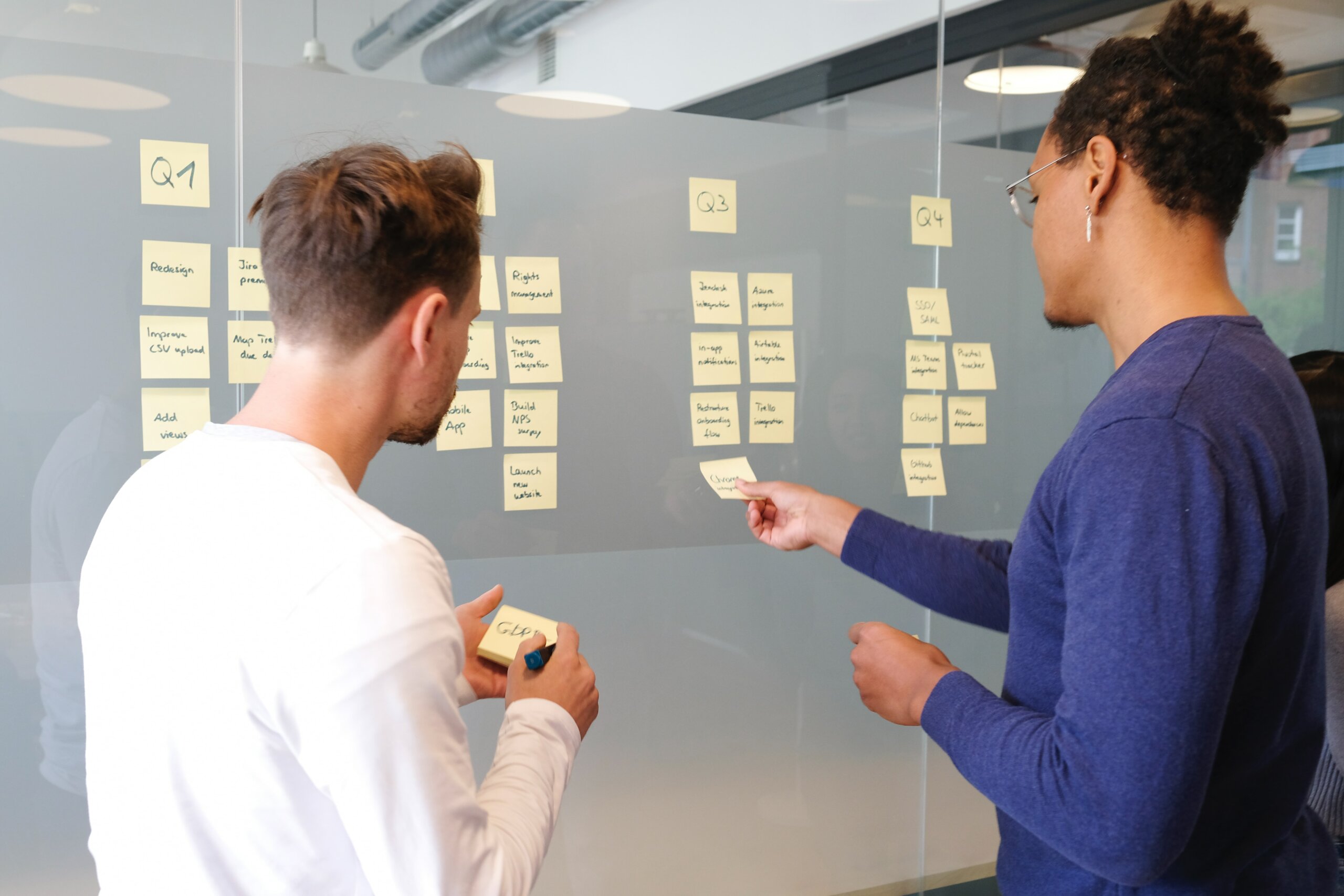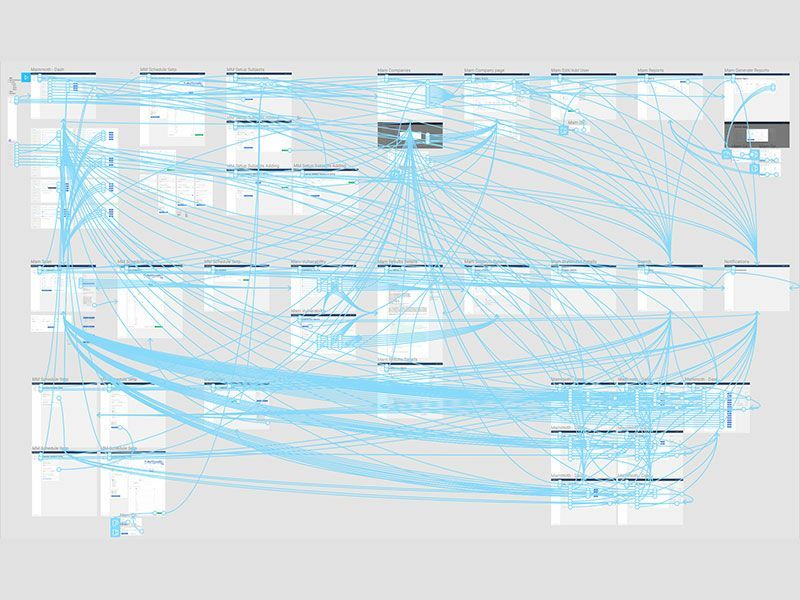As Product Designers at DeveloperTown, our job is a unique blend of creativity, problem-solving, and technical acumen. We transform abstract concepts into tangible design artifacts - from user journeys that map the user's interaction with the product, to wireframes that provide a skeletal layout of the product, pixel-perfect hi-fidelity interfaces that represent the exact visual and functional design of the product, and robust prototypes that breathe life into our designs.
Prototyping, in particular, is a fundamental aspect of our design process. These dynamic, interactive blueprints serve as a critical bridge between design ideas and their implementation. In this article, we delve deeper into how we, at DeveloperTown, leverage advanced prototyping for developer handoffs, client sign-offs, user testing, and design critique.
Stakeholder Collaboration

Incorporating stakeholders into the design process from an early stage can leads to better aligned visions, efficient decision-making, and fewer revisions later on. Interactive prototypes allow stakeholders to experience the design in a way that static images or verbal descriptions simply cannot achieve. They can directly interact with the design, understand the user flow, and contribute their feedback based on this first-hand experience.
At DeveloperTown, we use prototyping as a cornerstone of our stakeholder collaboration. Stakeholders can visualize the product, comprehend its functionality, and provide constructive feedback that enhances the design. Prototypes also facilitate dialogue about design choices and help explain why certain decisions have been made.
Moreover, prototypes are incredibly useful for client sign-offs. Providing stakeholders with a clickable, easy-to-navigate prototype helps them visualize the final product better than static screens or wireframes. Experiencing the product firsthand assures stakeholders about the design decisions and makes them more likely to spot potential issues or areas for improvement. This interactive feedback loop allows us to refine and finalize the design collaboratively, ensuring that the end product aligns with everyone's expectations.
In essence, prototypes foster a more transparent, iterative, and collaborative design process with stakeholders. They encourage active participation, mutual understanding, and constructive feedback, making them an indispensable tool in our design toolbox at DeveloperTown.
User Testing

At DeveloperTown, user testing is an integral part of our design process, and prototyping serves as a powerful instrument to maximize its effectiveness. With advanced prototyping, users get to interact with an approximation of the final product. This hands-on interaction elicits more accurate and valuable feedback, leading to more effective design revisions.
Our approach to user testing with prototypes is multi-staged. Initially, we use low-fidelity wireframes to validate problems, workflows, and foundational interactions. This early-stage testing helps us to iterate quickly, adapt our designs to user needs, and establish a solid foundation for the product's design.
As we progress further in the design process, we switch to high-fidelity, advanced prototypes that represent a near-accurate depiction of the product’s final implementation. This shift allows us to hone in on the finer details of the design, usability, and interaction. By this stage, we're not just validating the product's purpose and functionality but also refining the user experience to a level of polish necessary for the final product. This meticulous approach ensures we have addressed any potential issues before the project advances to the development stage.
Advanced prototyping supports a wide variety of user tests, such as A/B testing, usability testing, and more. These methods offer vital insights into user behavior, preferences, and pain points. By integrating prototyping into our user testing processes, we're able to identify and address user problems early on, preventing costly and time-consuming revisions in later stages of the product development cycle.
Design Critique

Design critique sessions are indispensable in our workflow at DeveloperTown. They provide a platform for constructive feedback and innovative solutions to design challenges. Prototyping amplifies the value of these sessions by providing an interactive representation of the design, as opposed to static images or descriptions.
Through prototyping, design critique becomes a more engaging and productive process. Team members can interact with the design, explore different user flows, and provide informed feedback based on their experience. It's not just about what looks good - it's about what works well and enhances the user experience.
Advanced prototyping helps us visualize complex interactions, test alternative solutions, and assess the feasibility of design elements. The flexibility of prototypes allows us to iterate quickly based on the feedback received, leading to a more refined and effective design.
Moreover, prototypes foster better communication during design critiques. They help bridge the gap between what's in the designer's mind and what the rest of the team perceives. This level of clarity streamlines discussions, mitigates misunderstandings, and ensures everyone is on the same page.
In essence, prototypes have transformed our design critique sessions into dynamic, collaborative, and fruitful discussions. They help ensure our final designs are not just visually appealing, but also intuitive, user-friendly, and align with the project's objectives.
Developer Handoffs

The design to development handoff is a pivotal juncture in any project. It's a phase where precision matters. Any misunderstanding or misinterpretation during this transition can lead to unnecessary rework, project delays, and ultimately, an increase in the cost of development. At DeveloperTown, we've honed our approach to ensure this handoff is as seamless and accurate as possible.
Prototyping plays a starring role in this process. More than just a representation of design intent, it provides our developers with an interactive, tangible guide to the intended functionality and flow of the product. Advanced prototyping tools such as Figma, Sketch, Adobe XD, and InVision become our instruments of choice, enabling us to illustrate detailed insights into design elements, specifications, and animations. This vivid, visual communication aids our developers greatly during the implementation phase.
To further solidify the efficiency of this process, we maintain our prototypes as a 'source of truth' throughout development. By using a rigorous change management system, we ensure our prototypes are always up-to-date and reflective of the latest approved designs. This constant reference removes ambiguity for both stakeholders and developers. Viewing a design as a prototype guarantees it's stable, vetted, and ready for implementation.
In Conclusion
At DeveloperTown, we recognize that prototyping is much more than an intermediate step in the design process. It's an essential tool that fosters effective communication, enhances collaboration, ensures design accuracy, and drives user-centric design decisions.
From facilitating seamless developer handoffs and thorough user testing, to fostering meaningful stakeholder collaboration and constructive design critique sessions, advanced prototyping is deeply ingrained in our design methodology. It's this emphasis on interactive, dynamic design representation that allows us to deliver products that are not only aesthetically pleasing but also functional, user-friendly, and in line with our clients' vision.
